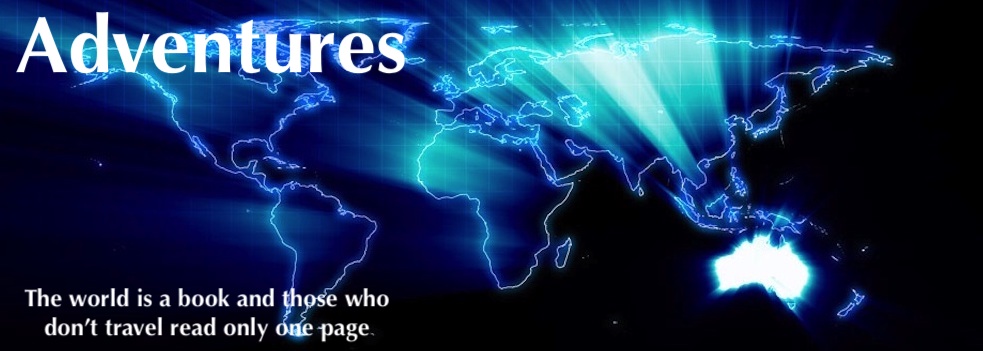From 802 to 1431 the Khmer Empire flourished on the fertile plains and mountains of what today is Cambodia. During this 629 years the kings of Angkor created and sustained an empire with expansive farmland, enormous manmade lakes (barays) and canals, elaborate statues, amazing monuments, and massive temples that to this day have not been outbuilt.
These monuments and buildings of Angkor used more stone than all the pyramids of Egypt.
By the time Zhou Daguan, the chronicler of all things Angkor, visited in 1296 the Empire was already in decline. From the reign of Jayavarman VII (1181–1218) there had been a sharp drop in building projects. Inscriptions, records and artworks became rarer.
The demise of the Khmer Empire was not the result on one single event but rather a combination of factors. Like many great empires in history, internal fractures and external forces began to wear away at the stability of the realm.
In the west, the Thai kingdoms of Sukhothai and Ayutthaya were growing more powerful. Increasingly frequent Thai incursions into Khmer territory disrupted trade and the safety of the empire. In the north, the Lan Xang (modern day Laos) were growing bolder and stronger and repeated campaigns in the Khmer territories unsettled the people who slowly moved away to find safety elsewhere.
The decline of Angkor coincided with an era of rapid climate change known as the ‘Little Ice Age’ that began around 1300 following the Medieval Warm Period.
The natural transition of global temperatures had wide-ranging impacts across the globe. In Europe, rivers froze regularly, and crop harvests diminished. In South East Asia, the steady pattern of wet–dry seasons became volatile. Regular rainfall gave way to decades-long drought followed by unusually heavy, destructive downpours. The climatic volatility decreased the productivity of traditional Khmer rice cultivation areas. To counteract the low productivity, farmers increased the size of their fields. Old growth forest was cleared for use as farmland, however, during the heavy rains, sediment once held in place by the forest eroded and washed into the barays. The barays and canals became clogged with soil and the earth dykes were continually battered and damaged by floodwaters. The Angkoran people relied on the baray and canal systems to sustain them.
Towards the end of the Khmer Empire, the silt buildup in the canals that fed and drained the lakes was so extensive that many became unusable or inefficient at supporting the population. With less food, mustering the manpower to clear them became an increasingly difficult task.
Internal pressures caused instability. Breakups within the fabric of the empire were causing pressure on the government. For centuries, the people of the Khmer Empire had varied spiritual pursuits but most people worshipped the Hindu god Shiva and/or practised Mahayana, a form of Buddhism. These philosophies espoused the virtues of honouring ancestors and family and were the basis of royal power. Over time, there was a shift among the people and ruling elite of the empire towards Theravada Buddhism. This more conservative form of Buddhist belief promoted an austere life, personal sacrifice and social equality. This was at odds with a royal court and a class system in which an elite group administered those below them.
In 1353, Angkor was conquered by Thai forces, who briefly established a government there. The Khmer recaptured the city but lost it again to subsequent attacks by the Thai kingdoms. The city was sacked and burned many times. Outlying Khmer provinces were lost to raids by the kingdom of Lan Xang in the north and the final blow to the empire came when the Thais laid siege and captured Angkor for the final time in 1431.
With the city sacked, trade routes disrupted and the surrounding areas unsafe, people left the once great metropolis in search of stability elsewhere. What remained of the Khmer Empire moved its political centre south to modern day Phnom Penh. Following the move of the capital, there was a marked and rapid decline in what remained of the political, military and cultural power of the Khmer Empire.
REFERENCE
National Library Australia, Digital Classroom, The Decline of the Khmer Empire
